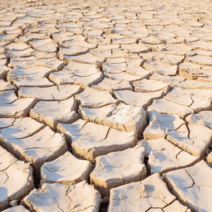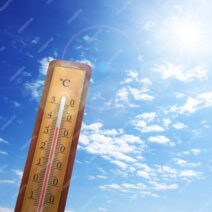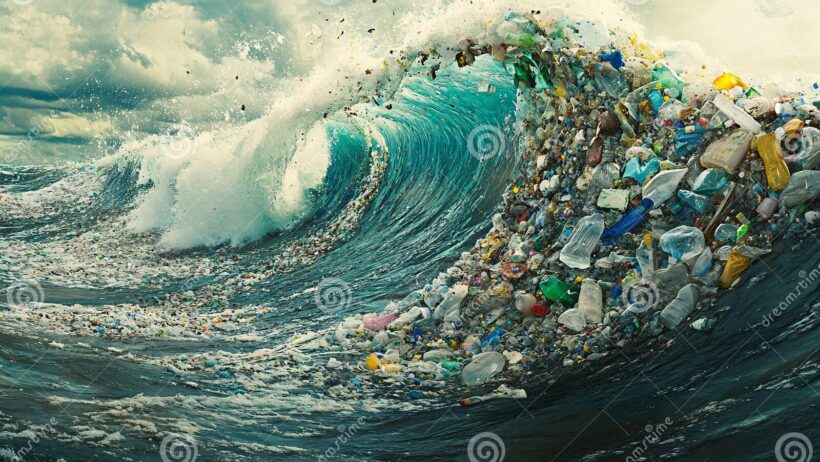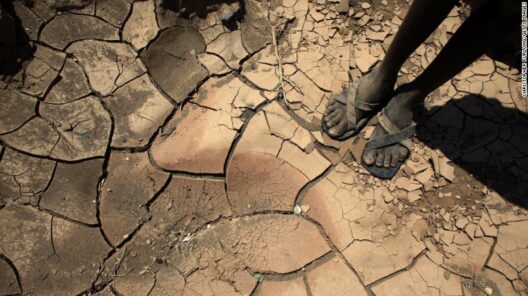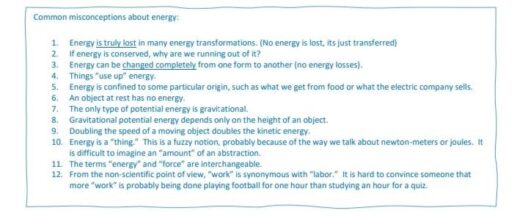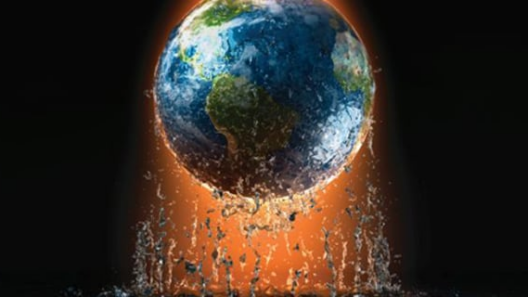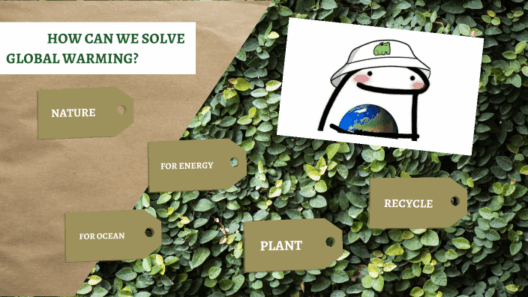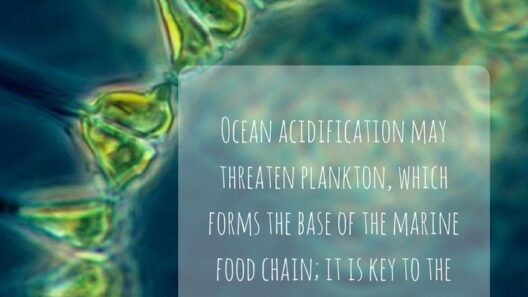Plastic pollution in our oceans has burgeoned into a pressing environmental dilemma, one that not only threatens marine ecosystems but may also bear significant implications for global warming. As we delve into this multifaceted issue, one must ponder: Is ocean plastic pollution accelerating global warming, or is it merely another symptom of our overconsumption? This inquiry invites further exploration into the interconnectedness of plastic waste and climate change, posing a substantial challenge to our perception of environmental conservation.
To comprehend the potential relationship between ocean plastic pollution and global warming, it is essential to understand the components of plastic waste in marine environments. Plastics are pervasive; they are integral to various industries, from packaging to textiles. Glaringly, a staggering quantity of plastic waste—estimated at 8 million metric tons—finds its way into oceans each year. This deluge of debris influences not just marine life but also climatic systems on a global scale.
First, consider the physical characteristics of plastics. Many plastics are buoyant and persist in the ocean for an exceedingly long time, breaking down into microplastics that can be ingested by marine organisms. This ingestion can lead to bioaccumulation of toxins in the food chain, ultimately harming human health as well. However, concerning climate implications, one must focus on how plastics contribute to greenhouse gas emissions, both during their production and degradation.
When plastics are manufactured, they undergo a process that is energy-intensive and reliant on fossil fuels. This production not only emits significant quantities of carbon dioxide but also contributes to the depletion of finite resources. Furthermore, when plastics degrade in the ocean, especially when exposed to UV radiation, they can release greenhouse gases such as methane and ethylene. These potent emissions further exacerbate the phenomenon of global warming.
Moreover, as gigantic plastic patches and microplastic fragments proliferate within oceanic gyres, they disrupt marine biodiversity. Healthy seas act as carbon sinks; they sequester carbon dioxide from the atmosphere, significantly reducing greenhouse gas concentrations. However, plastic pollution undermines this vital service by harming phytoplankton, the base of the oceanic food web and a major player in global carbon cycling. With fewer phytoplankton flourishing, our oceans’ capacity to absorb carbon diminishes. Consequently, this interrelationship between plastic pollution and diminished carbon sequestration capabilities raises a critical question: Are we inadvertently stifling a natural ally in our battle against climate change?
Another layer of complexity arises from the potential for “climate feedback loops.” As vast swathes of our oceans are burdened with plastic waste, they become less effective at regulating global temperatures. Warmer ocean temperatures lead to phenomena such as coral bleaching and altered weather patterns—effects that can ripple through ecosystems and human systems alike. The detrimental impact of climate change on marine environments poses additional risks, such as the rise in sea level and increased frequencies of extreme weather events, which further catalyze degradation of coastal systems laden with plastics.
In combating plastic pollution, we must also acknowledge the urgency of fostering sustainable practices. This includes reducing single-use plastics, promoting recycling, and innovating biodegradable alternatives. However, the question persists: are these individual actions enough to halt the accelerating cycle of plastic waste and its associated greenhouse gas emissions? Collective global cooperation is paramount. Initiatives such as international agreements on plastic waste management must gain traction alongside efforts to combat climate change. The time for action is now; the burden lies not only on policymakers but also on industries and consumers alike.
Simultaneously, education and awareness are vital to shifting mindsets. By engaging communities in dialogue around the implications of plastic pollution for our climate, we can inspire a sense of guardianship for our oceans. But how do we transition from awareness to meaningful action? This transformation is fraught with challenges yet remains imperative in creating a sustainable future.
In conclusion, ocean plastic pollution presents an intricate tapestry of challenges with far-reaching effects on global warming. The intertwining of plastics and climate change serves as a clarion call for comprehensive strategies to tackle both crises. The devil is in the details; while it is evident that plastics contribute to atmospheric warming, effective solutions necessitate a holistic understanding of ecological and societal systems. Through concerted global action, innovative approaches, and communal engagement, we can endeavor to mitigate the consequences of plastic pollution and preserve the health of our oceans and climate.
As we navigate this intricate terrain, the challenge becomes clearer: how will we reconcile our daily habits and the pervasive presence of plastics with the urgent need for environmental stewardship? The answer may lie in our ability to redefine our relationship with the planet, fostering a future in which our oceans thrive, and our climate stabilizes. The clock is ticking; the health of our seas—and, by extension, our planet—depends on urgent, unyielding action.
